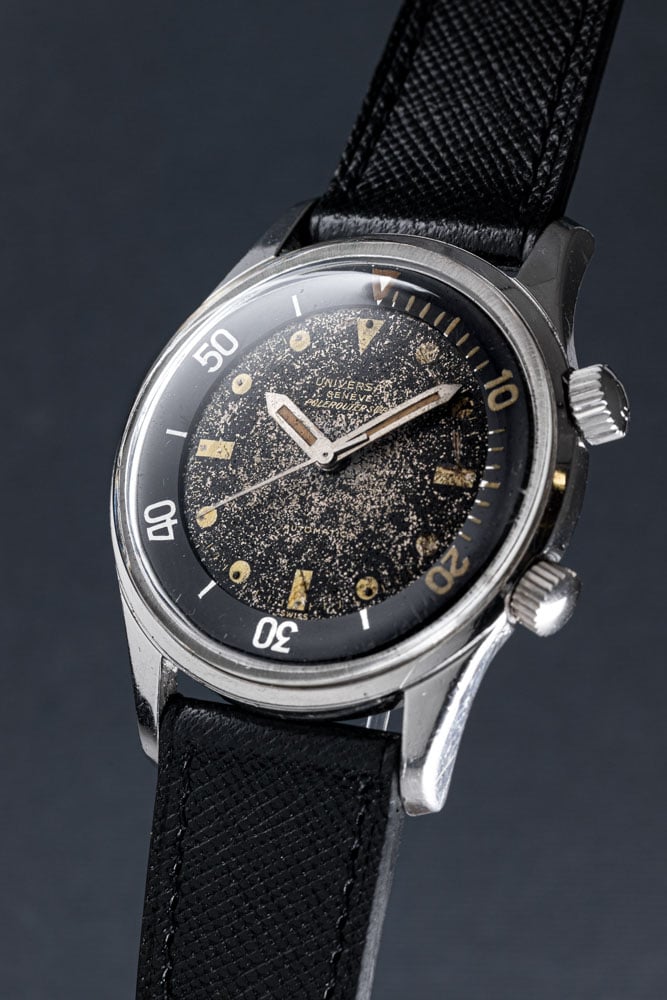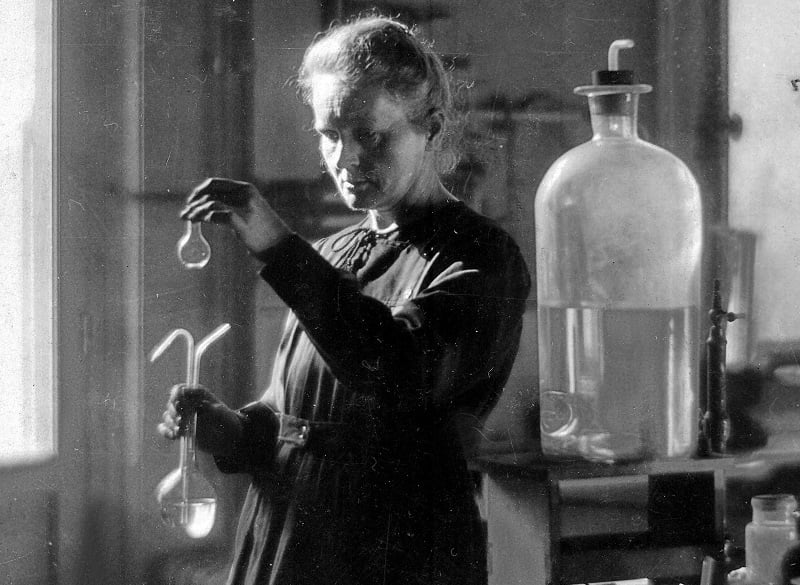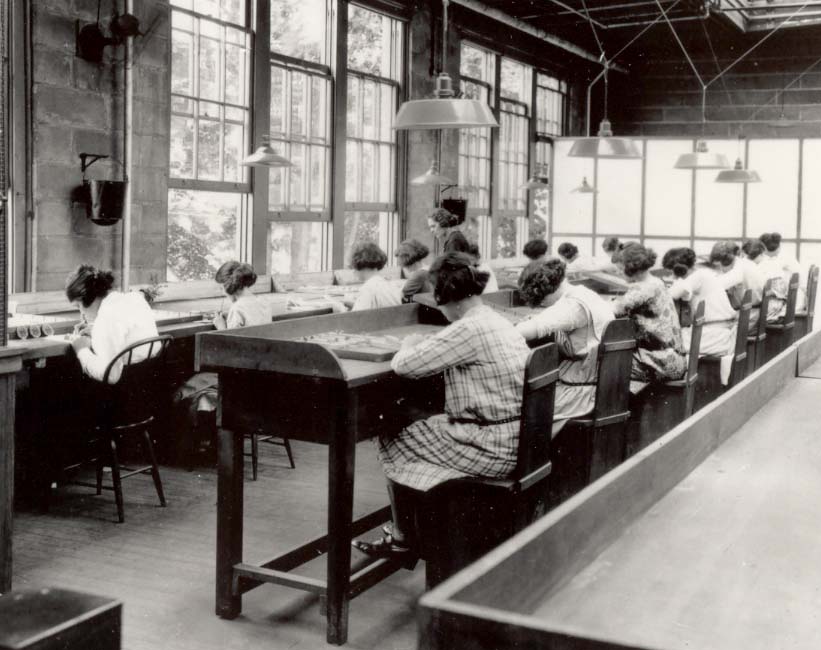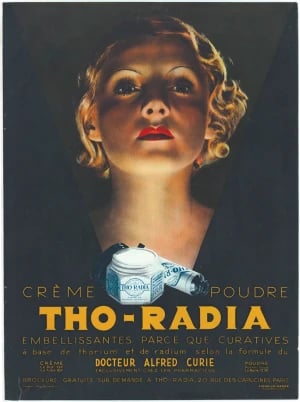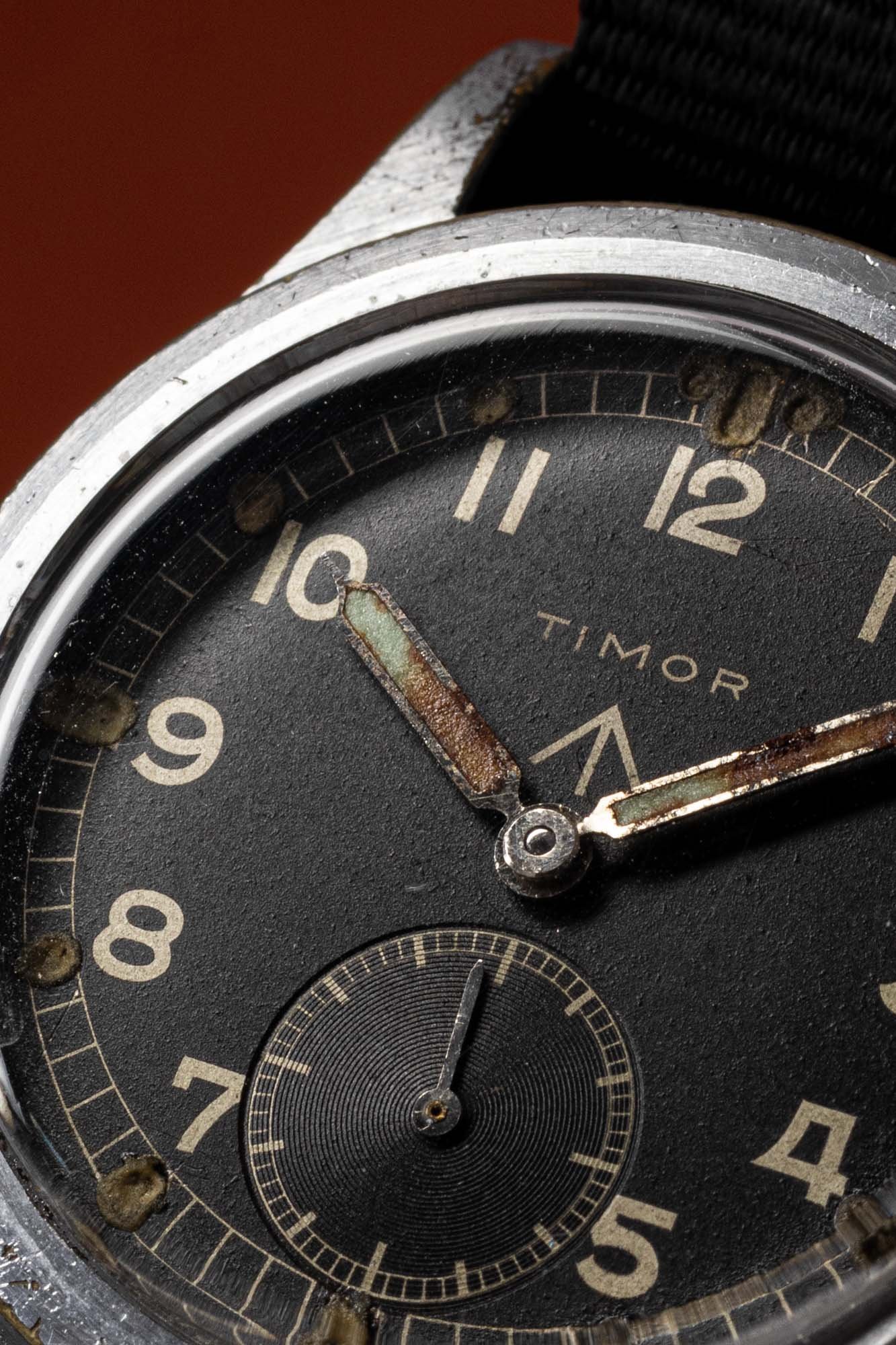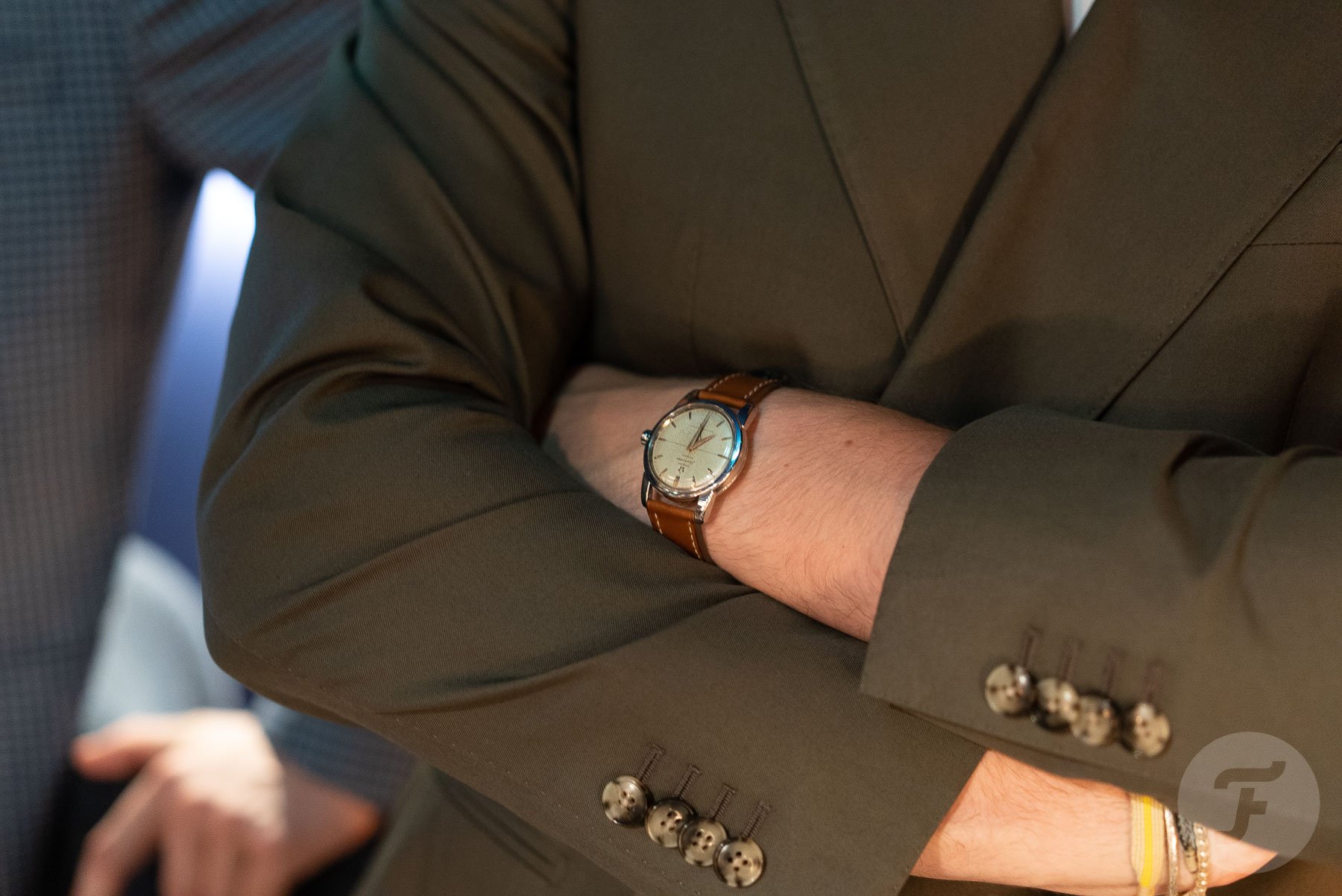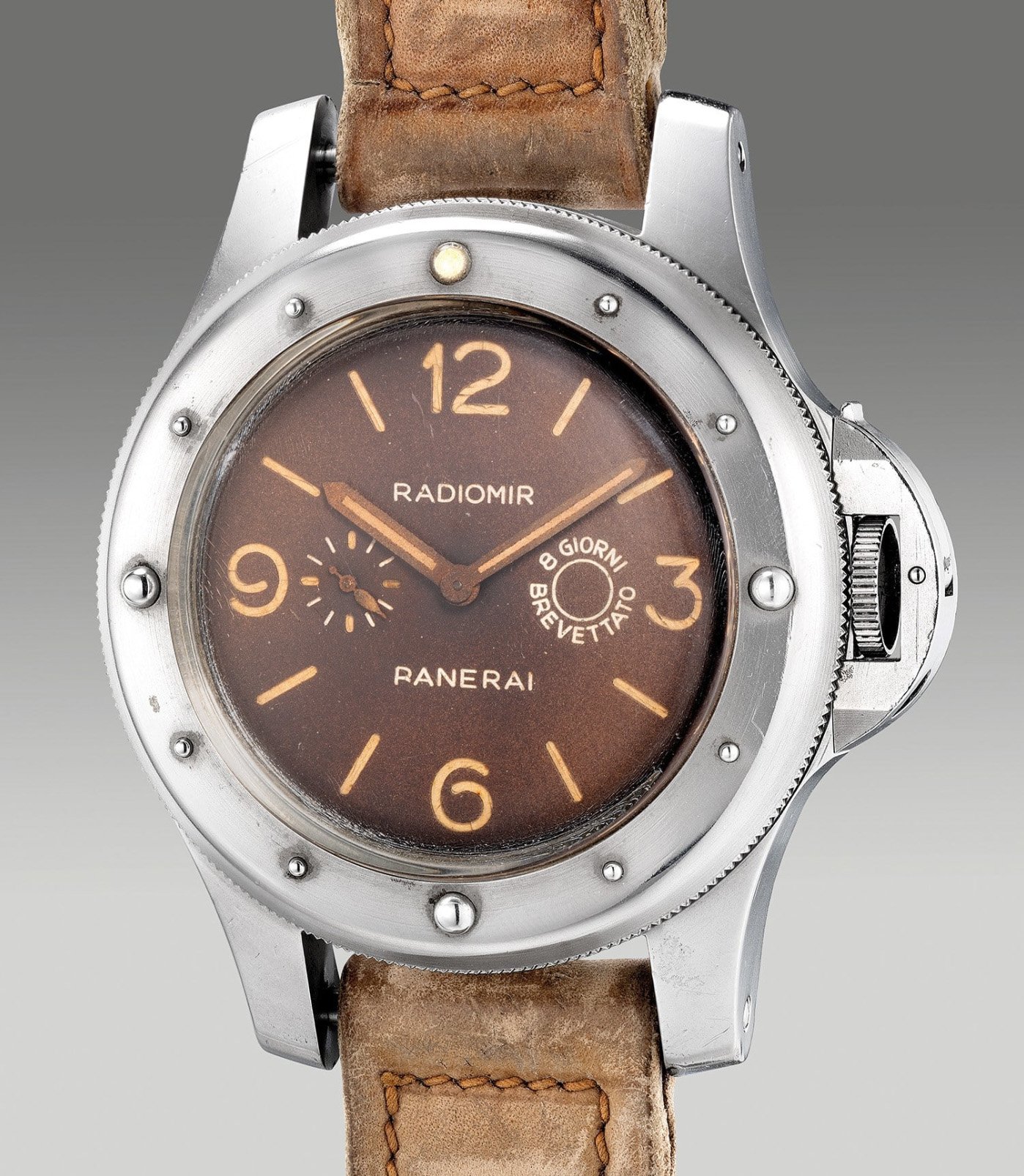What Is Up With Radium On Watch Dials? How Dangerous Is It, Really?
If you have ever looked closely at vintage watches, you will have surely come across radium lume. You probably know it was the prevalent luminescent material until it was abandoned in favor of tritium around 1963. Most likely, you have heard about the dangers of this highly radioactive material. That raises a crucial question: is it safe to wear a watch with a radium dial?
Today, I would like to shed some light on the nuances of the topic. It is good to mention that, although I have done my research, I am no expert on radiation or health. So, if you are and you find inaccuracies, please do share them in the comments below. This is a precarious subject, and I wish to treat it as such. Now, without further ado, let’s get into it.
What is radium, and why was it used in watchmaking?
Radium was discovered by Marie Curie in 1898. Curie extracted uranium from a mineral known as pitchblende. However, she found that the remaining material after uranium extraction was even more radioactive than before. This suggested the presence of other radioactive substances. These turned out to be polonium and radium. In short, she discovered all three materials and was awarded the Nobel Prize for her findings in 1903.
In the early 20th century, watch manufacturers were looking for ways to make their watches legible at night but without an external source of light. These efforts intensified during WWI. Radium turned out to provide a solution. When mixed with a phosphorescent material and a binding agent, the resulting paint would glow in the dark. It is not the radium that does the glowing, however. The radium’s decay bombards the phosphorescent material with atoms, providing the power to cause it to glow.
The key isotope of radium that does the heavy lifting here is radium-226. This particular isotope has a half-life of 1,600 years. Thus, when an old radium dial is no longer luminescent, it is the phosphorescent material that has been exhausted, not the radium.
The radium girls
After radium was discovered, it was believed to have all sorts of health benefits. It was used in medicine and as a miracle cure for many ailments. People could buy radium water for all sorts of issues, radium pads for indigestion, radium creams for beauty, and even radium condoms to protect against sexually transmitted diseases. Still, the dangers were already known. Marie Curie and her husband suffered radium burns themselves and even demonstrated the burning effects on their skin.
Still, the prevalent opinion was that the substance was harmless, so factories in the US upscaled the production of luminescent dials during WWI. Young women were hired to hand-paint the dials with radium. They were encouraged to sharpen their brushes in their mouths rather than use a cloth or water. It wasn’t long until the first cases of toothaches started to surface. Although the risks were known by higher management, no measures were taken. The girls were often referred to as “ghost girls” as their clothing and even their skin would glow in the dark when they went home after work.
Not much later, many of these “radium girls” started suffering horrific effects, from tumors to teeth coming loose and whole jaws breaking off. The matter came to trial, resulting in a settlement in 1928. Many of the girls did not live to see this day, and most died young. The case is widely regarded as the first push for labor rights. Up until then, the idea of holding a company responsible for the well-being of its employees was alien. In this sense, the radium girls had a great and positive societal impact, but it came at a terrible personal sacrifice.
So, how does radium wreak havoc?
It is important to be aware that there are three types of radiation — alpha, beta, and gamma. Alpha radiation has a high power of ionization but low penetration. Beta radiation has a low power of ionization but high penetration. Lastly, gamma radiation is a low-ionizing, highly penetrating radiation. Radium emits primarily alpha radiation. Tritium, which would replace radium in watchmaking, emits primarily beta radiation.
When inhaled or ingested, around 80% of radium gets excreted from the body. The remaining 20% remains in the blood. This is where it gets ominous. To keep our bones healthy, enzymes extract calcium from our blood and deposit it in them. The problem is that these enzymes recognize radium as calcium and deposit it in the bone too. There, its decay, in the form of a bombardment of particles, starts to deteriorate the bone. This is why the radium girls would suffer from broken bones. They were simply eaten away from the inside.
It is key to realize that this alpha radiation is a low-penetrating kind. It cannot even penetrate human skin and needs to be inhaled or ingested to cause harm. This is why modern watchmakers do not suffer any measurable adverse effects anymore when working on vintage radium-painted watches. They are taught to do so with great care, often wearing protective materials over the skin and mouth and working in well-ventilated areas.
What about a single watch on your arm?
As you can imagine, the radium girls ingested a lot of paint. Imagine working day in and day out, constantly sharpening your brush with your lips. So, should you expect similarly horrible effects from wearing a vintage watch with a radium dial?
Most radiation from radium is alpha radiation. As mentioned, this fails to penetrate human skin and is largely contained by the watch casing itself, as is beta radiation. It also has very limited reach, falling off in potency as you move away from the face of the watch. Still, there is some gamma radiation too, which has stronger penetrating power. However, radium paint is most dangerous when inhaled or ingested, which is unlikely to happen when it is in a well-sealed watch.
The health risk from radiation is measured in Sievert. I found a study from 2012, which recorded a maximum annual dose of 14mSv (milliSievert) from wearing a radium watch. By comparison, an abdominal CT scan exposes you to 8mSv. A bigger risk was found from radon gas that is emitted by radium paint and can escape even from intact watches. Especially for collectors storing larger numbers of these watches, the radon levels in a sealed room could reach dangerous levels, according to the study.
Conclusions
The study mentioned above concluded that wearing a radium watch could present a modest health risk. Storing several radium-painted watches could potentially be more seriously harmful. As always with such assessments, they are hard to quantify. Therefore, it is up to you to decide whether you find these risks significant or not. And, if you store multiple watches with radium, ensure that you have proper ventilation. I own one, and I hardly ever wear it. Would I wear it daily? Probably not, even though I am aware that I have other habits that are possibly more harmful than my radium-lumed Seamaster. There is just a slight unease, even if the effects are believed to be small.
Even though tritium is radioactive too, the switch to tritium largely solved the health issues. You would have to take in 1,000 times as much tritium to suffer the same adverse effects as from radium. You can see the difference on vintage watch dials. The lacquer on radium dials tends to be heavily discolored, faded, and sand-like in texture due to the particle bombardment. Tritium dials do not tend to display such radical patina. Later Super-LumiNova and similar compounds aren’t radioactive at all. This means the phosphorescent material isn’t bombarded and therefore doesn’t lose its luminous qualities.
Do you feel safe wearing watches with radium? Let us know in the comments below.

